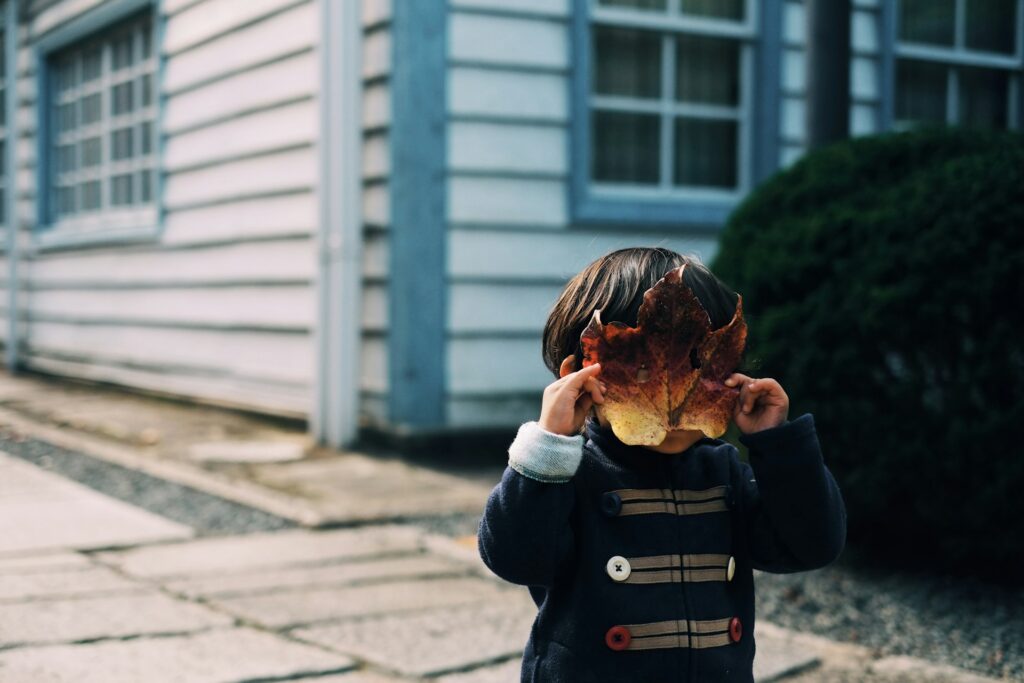PRB has produced an updated series of tables and maps identifying neighborhoods with a very high risk of undercounting young children in combination with low 2020 Census self-response rates. The new data and maps are based on response rates as of June 25.
This week, we have also added some new tables to help advocates identify new areas to target for census outreach.
Tables on the Racial/Ethnic Composition of Young Children: The purpose of this file is to provide detailed information about the racial/ethnic composition of young children living in neighborhoods with a very high risk of undercounting young children and very low 2020 Census self-response rates. Tract-level tables are available for seven major racial/ethnic groups.
Tables on Longer-Term Trends in 2020 Census Self-Response Rates: The purpose of this file is to provide information about longer-term trends in 2020 Census self-response rates in neighborhoods with a very high risk of undercounting young children. Tables are available for the nation, counties, and census tracts and include data on response rates from May 1 through June 25.
You can access the tables and maps here. To view the maps, download the google document and open the downloaded html.








